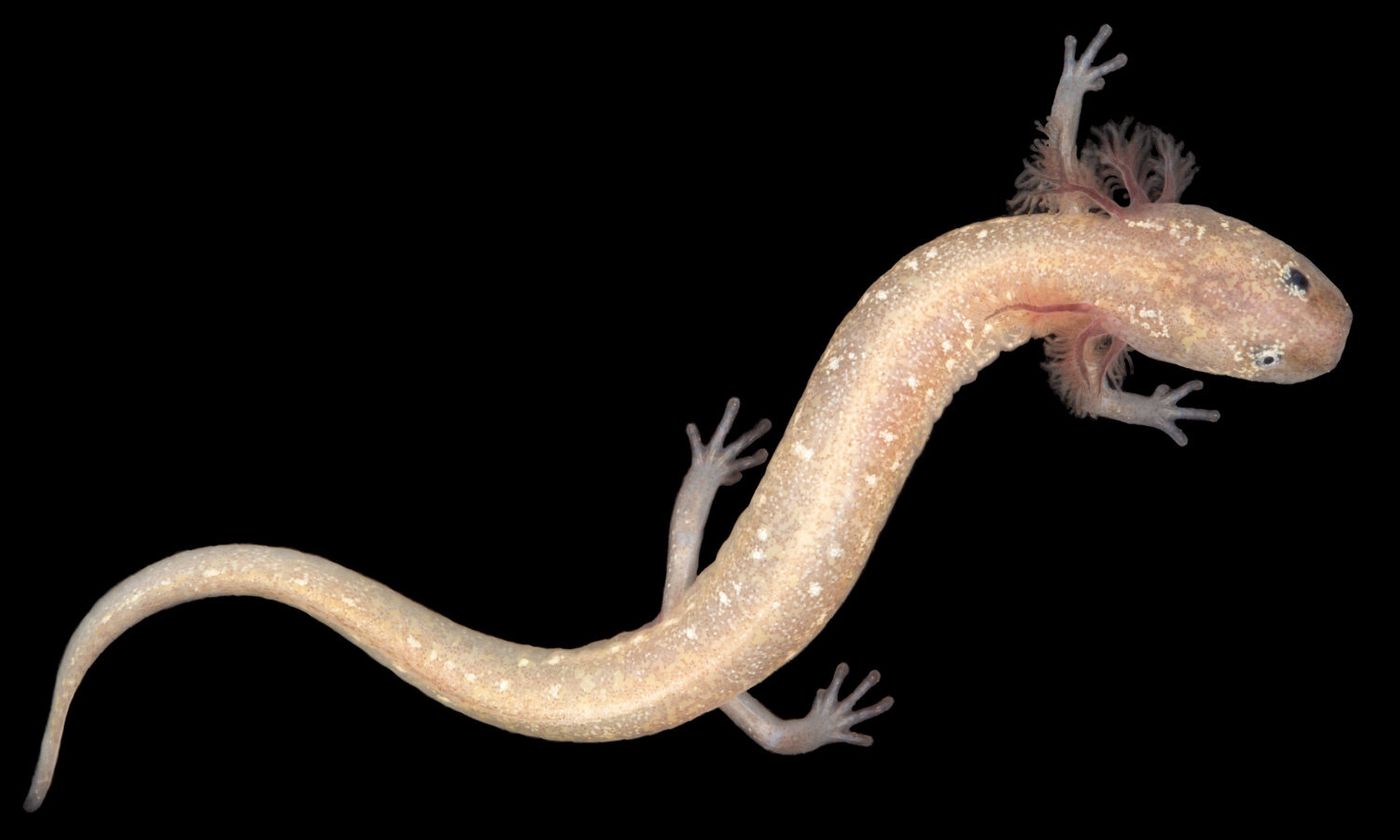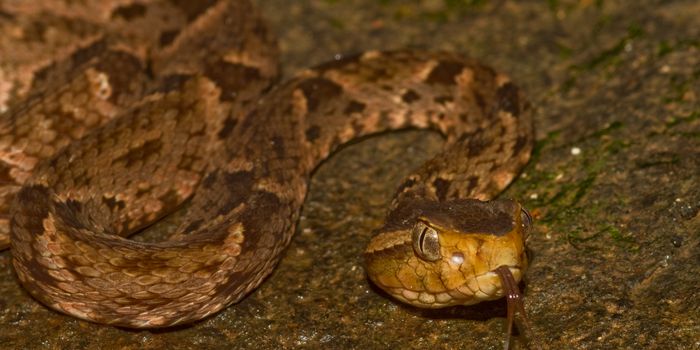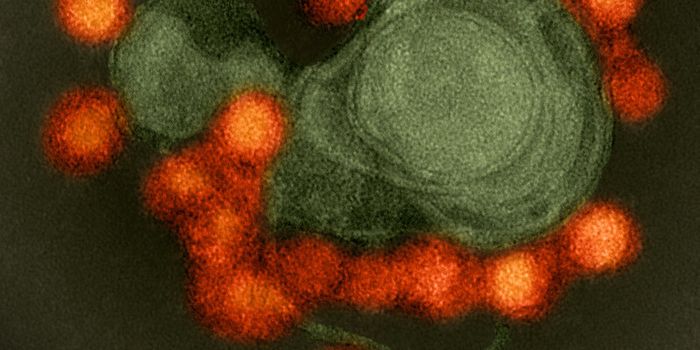Groundwater Salamanders From Central Texas Allegedly 'At Risk of Extinction,' Researchers Say
The discovery of a new animal species is typically followed by excitement and praise, but after a team of researchers from The University of Texas at Austin happened upon at least three new groundwater salamander species in Central Texas, feelings of concern and dismay quickly filled the room.
Reporting this week in the journal Proceedings of the National Academy of Sciences (PNAS), the researchers elucidate how at least one of the three newly-discovered groundwater salamander species is already ‘critically endangered.’ Making matters worse, the team also determined that a salamander species already known to science is ‘more endangered’ than initially thought.
Image Credit: Tom Devitt
The researchers discovered the three new groundwater salamander species, ranging from two to three inches in length, after performing genetic analyses on preserved specimen collections that were being stored at the university’s Biodiversity Center. All the species are said to live in harmony in natural springs and underwater passageways found throughout the state.
Many of the underwater passageways that these groundwater salamanders call home have connections to the state’s underground aquifer systems. These animals are particularly vital, the researchers say, because they’re predators and they maintain the surrounding ecosystem. Consequently, their role in this ecosystem helps preserve local aquifer water quality.
"Even if people do not care about salamanders, they care about maintaining the quality of the aquifer systems that provide most of Texas with its fresh water," explained David Hillis, a co-author of the study.
"Fortunately, what's good for the salamanders is also really good for the people. What we need to do to protect these salamanders also happens to be the exact same things we need to do to protect the water resources that ranchers, cities, homeowners and everybody else depend upon."
Related: Researchers describe an entirely new species of aquatic salamander
As the researchers explain in the paper, climate change-induced droughts are wreaking havoc on groundwater salamander species. The newly-discovered species that the researchers say is already ‘critically endangered’ doesn’t even have a name yet, but can be found near the Pedernales River.
The Georgetown salamander, which has been known to science for quite some time now and can be found near Lake Georgetown, apparently occupies a smaller region than initially thought. Given the circumstances, there could be fewer of this Georgetown salamanders in existence than current estimates suggest.
"I think the U.S. Fish and Wildlife Service should review the status of all these salamanders in light of the new evidence," Hillis added. "They are part of the rich biological heritage of Texas, and losing these groundwater salamanders would be a huge loss for our state's biodiversity. Importantly, protecting these salamanders also means protecting the quality and quantity of fresh water that Texans rely upon."
Related: This salamander can resist cancer and re-grow limbs
It's exceptionally challenging to study and survey groundwater salamanders because they reside in inaccessible underground habitats; but with the current issues at hand, it doesn’t take a rocket scientist to understand that something needs to be done to preserve these animals.
Source: The University of Texas at Austin, PNAS
-
APR 30, 2024Immuno-Oncology Virtual Event Series 2024
-
MAY 07, 20243rd International Biosecurity Virtual Symposium
-
SEP 03, 2024Microbiology Week Virtual Event Series 2024
- See More


















































